Parliament is having the second reading of the Labour Party government’s latest answer to the “hostile environment” for so-called ‘illegal’ migration, the Border Security, Asylum, and Immigration Bill. So, a migrant rights group has called on MPs to ditch the racist piece of legislation.
Border Security, Asylum, and Immigration Bill: second reading begins
On Monday 10 February, the House of Commons carried out the second reading of Home Office head Yvette Cooper’s Border Security, Asylum and Immigration Bill.
It’s part of the Labour government’s plans for a supposed ‘crackdown’ on criminalised migration.
The bill would give more powers to the UK’s Border Security Command. Notably, it would:
- Criminalise immigration to the UK by targeting the people who facilitate the travel of undocumented people, particularly across the Channel
- Extend already intrusive powers to seize people’s devices at the border including the ability to access, examine, copy and retain information on a person’s device related to (facilitating) criminalised travel
- Criminalise providing and possessing supplies and information that could conceivably be used to help someone travel without the required immigration documentation
- Introduce sanctions against people suspected of facilitating criminalised travel using Serious Crime Prevention Orders (SCPOs)
- Expand immigration detention by removing the requirement for a deportation order against someone to be in place.
Crucially, in particular, the bill targets people crossing the English Channel via small boats. The powers build on the recent Tory-introduced racist immigration bills, including the Nationality and Borders Act 2022 and the Illegal Migration Act 2023.
The Nationality and Border Act 2022 introduced powers with parallels to counter-terror powers like Schedule 7 of the Terrorism Act 2000, but specifically applying to migrants crossing the Channel in small boats over the last three years. Now, Labour’s new “hostile environment” policies is set to ramp up the attack on migrant rights.
Bill criminalising asylum seekers in a ‘crisis’ of Labour’s own making
So, the Migrants’ Rights Network is urging MPs to vote against the bill. The group has sent a vital briefing to MPs ahead of the second reading. It details a litany of harms the bill poses to migrants seeking asylum in the UK.
Significantly, they have called out the government’s flagship legislation as:
yet another attempt to steadily cut off routes to migrate,
including to claim asylum, which does not require legally sanctioned travel under the Refugee Convention.
That is, under the Refugee Convention which the UK is party to, there’s nothing ‘illegal’ about people trying to reach the UK and make asylum claims. Instead, the issue is that the UK’s limited routes to asylum is pushing migrants into these treacherous, and often deadly crossings in the first place. As the briefing summed up:
the Border Security Bill is yet another attempt of the
Government to further criminalise people in relation to a ‘crisis’ that is manufactured by them.
On top of this, the group lambasted the provisions in the bill that would see migrants detained for longer. It pointed out that this is:
despite the UK already being the only country in Europe
without a time limit on detention and the well-documented abuse, including racism, in immigration detention.
Furthermore, its briefing made clear in no uncertain terms how:
Expanding detention with the effect also of extending detention can amount to a breach of human rights.
Given this, the Migrants’ Rights Network’s briefing recommends firstly that MPs reject the bill. However, it argues that this new parliament needs to go further to fix the harm of previous Tory government bills.
Repeal racist policies that already exist
Notably, the briefing calls on MPs to repeal existing legislation that has provided the foundation for the policies. It states that they should:
- Repeal the policy of seizing phones at the border
- End criminalisation of facilitating crossings
It issued the first demand noting that:
● While the new Bill would extend powers to seize electronic devices including phones from migrants, including people seeking asylum, this policy is not unprecedented in UK law
● The Home Office operated a policy of seizing phones from migrants crossing the Channel between 2018 and 2020. Despite being ruled as unlawful in 2022, an amendment to the Illegal Migration Act 2023 implemented powers to seize and retain electronic devices, as well as the ability to access, copy and use information stored on them.
● We urge the Government to repeal existing powers to seize electronic devices as set out in the Illegal Migration Act 2023
Meanwhile, it stated that it should end criminalisation of facilitating crossings because:
● It is government policy that forces people to become intermediaries, because “safe” routes do not exist for the majority of nationalities. Rather than address this, successive governments have stripped back routes to come to the UK while criminalising people who are forced into making dangerous Channel crossings.
● The Bill would extend powers to criminalise people who act as intermediaries to facilitate migration along ‘irregular’ routes. This builds on legislation in the Nationality and Borders Act 2022 which introduced the new offence of ‘illegal arrival’ and criminalised ‘assisting an unlawful immigration or asylum seeker”.
● It is Government legislation that forces people to turn to
intermediaries, and then punishes them. This must end now.
Border Security, Asylum, and Immigration Bill must be thrown out
CEO of the Migrants’ Rights Network Fizza Qureshi said:
The introduction of a counter-terror approach to migration, particularly in relation to refugees and people seeking asylum, is alarming.
This Bill makes it clear that the Government intends to ignore its responsibility to provide protection while introducing a wide range of measures that will restrict civil liberties, penalise people for supporting undocumented migrants, and a vast expansion of counter-terror and surveillance powers in blanket seizures of phones. The Border Security Bill is explicitly designed to target and restrict the movement of racialised people and frame them as a national security threat.
We call for this Bill to be thrown out and urge the Government to repeal existing powers that criminalise seeking protection in the UK.
Featured image via the House of Commons
By The Canary
This post was originally published on Canary.
 NEW: From Monday, the Government will release videos of illegal immigrants being detained and deported to convince voters that it is taking action
NEW: From Monday, the Government will release videos of illegal immigrants being detained and deported to convince voters that it is taking action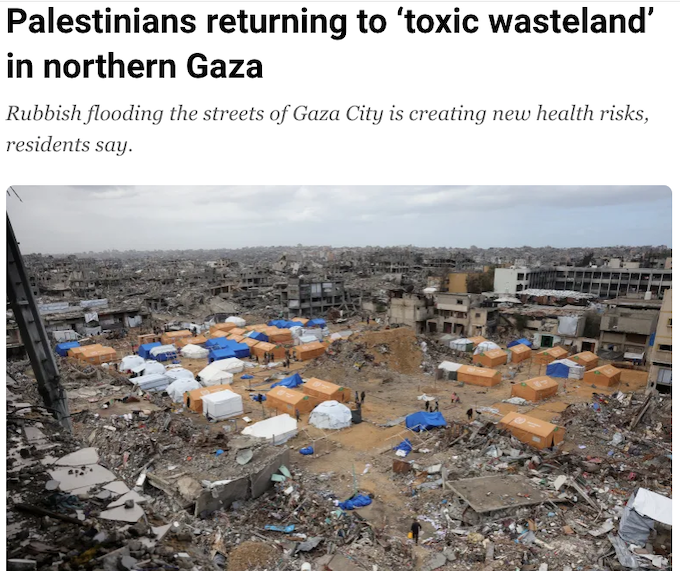
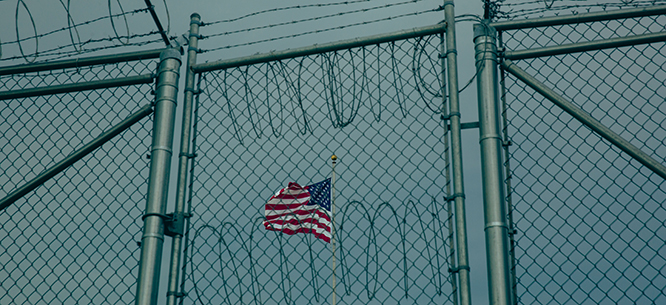
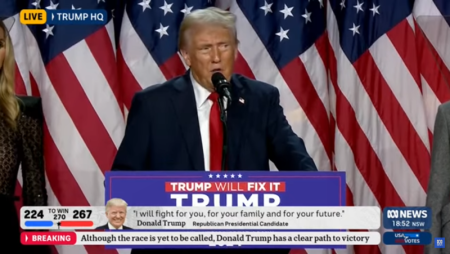
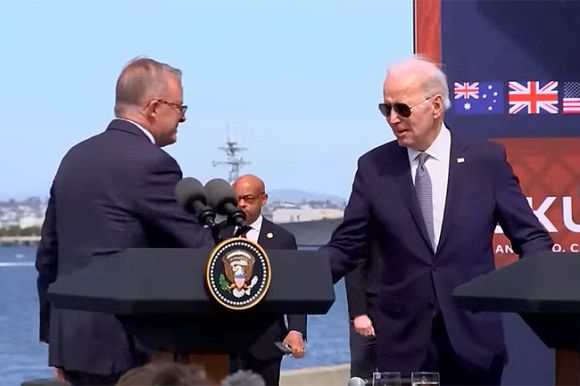

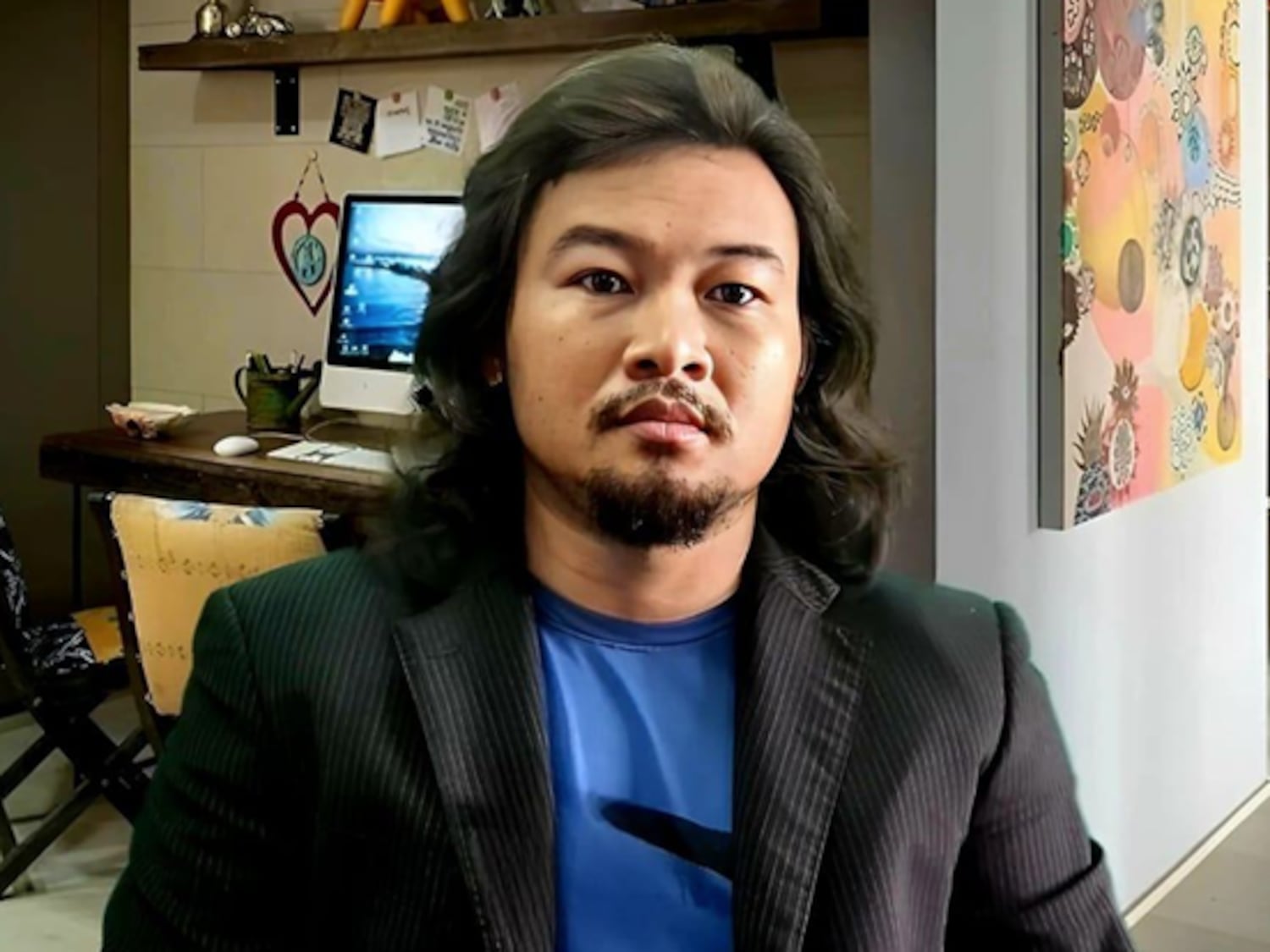
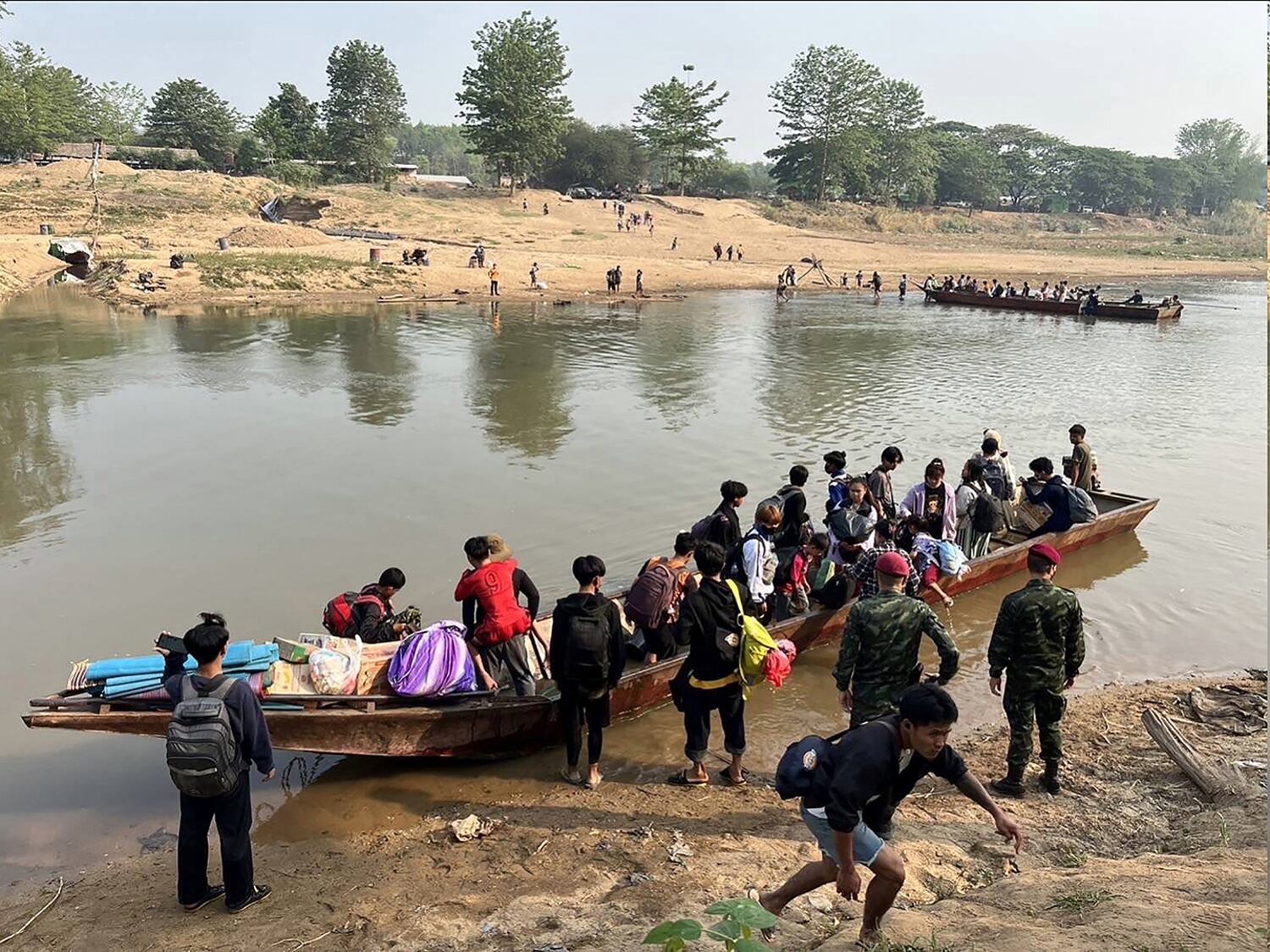
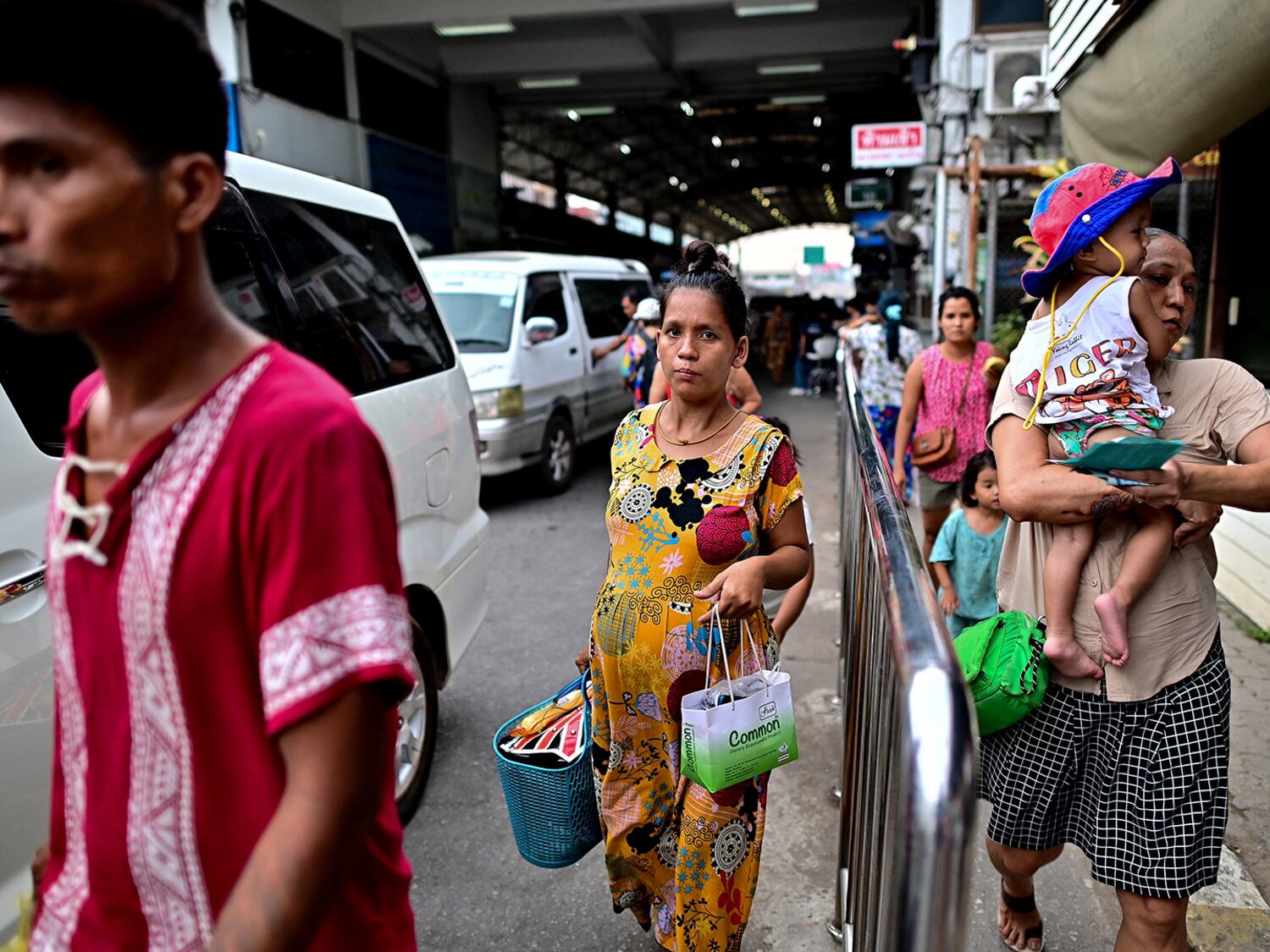



 NEW: Tories lead, Labour plunge to 25%
NEW: Tories lead, Labour plunge to 25% 
 CON 28% (+4)
CON 28% (+4) LAB 25% (-10)
LAB 25% (-10) REF 19% (+4)
REF 19% (+4) LD 13% (+1)
LD 13% (+1) GRN 8% (+1)Via More In Common, 19-21 Nov (+/- vs GE2024)
GRN 8% (+1)Via More In Common, 19-21 Nov (+/- vs GE2024)
 (@leftiestats.bsky.social)
(@leftiestats.bsky.social)